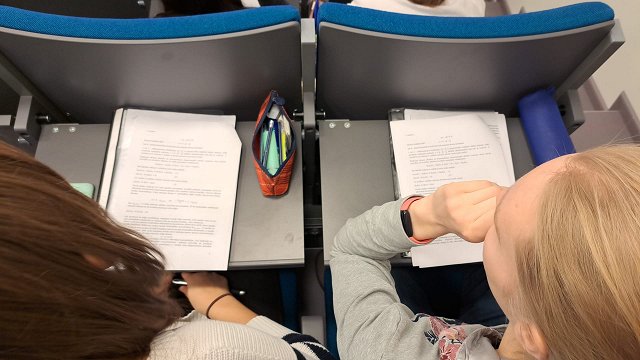Radio NABA’s tradition of independent alternative music programming shared a frequency with constitutionally-mandated live parliamentary plenary session broadcasts for more than a decade, but was replaced in the spring of 2014 at 93.1mHz FM by new youth-oriented multi-media concept channel Pieci.lv, launched last year with magnanimous funding as a commercial-free public internet portal integrating a multi-genre approach to music curated by talk-oriented on-air personalities.
The National Electronic Mass Media Council (NEPLP) is reserving judgement on the Pieci.lv project until radio market data on its reach are more conclusive while the Commercial Broadcasting Association of Radio Stations has called for an inquiry as to the effectiveness of the ambitious and expensive experiment in Latvia’s public broadcasting sector.
Siksnis attributed the disappointing indicators on Pieci.lv FM radio listenership to the forced flooding into its programming mix of Radio NABA’s free-format non-commercial music.
Returning Radio NABA to its independent status would depend on whether current representatives of the University of Latvia, which has underwritten the project since its inception, can attract new sources of sponsorship to its programming goals.
Estimates show that an alternative non-commercial station integrated into the public radio frequencies might reach up to 40-50,000 listeners.
Siksnis could not explain the hesitation of the NEPLP is approving the plan, since it is a completely non-commercial proposition. He suggested that the Saeima-appointed council’s ruling on the matter might come by the beginning of December.
“Whenever there’s a free frequency on the dial, the commercial stations go into a frenzy,” the LR chief remarked. The fact that there is a single person on the NEPLP responsible for oversight of both the commercial and the public broadcasting sector “is schizophrenic in and of itself,” he said.
The debate over the development of the public broadcasting sector comes as the NEPLP hopes to see the new Saeima and government push forward with the unification of the historically separate radio and television services into a single publically-supervised entity.




























